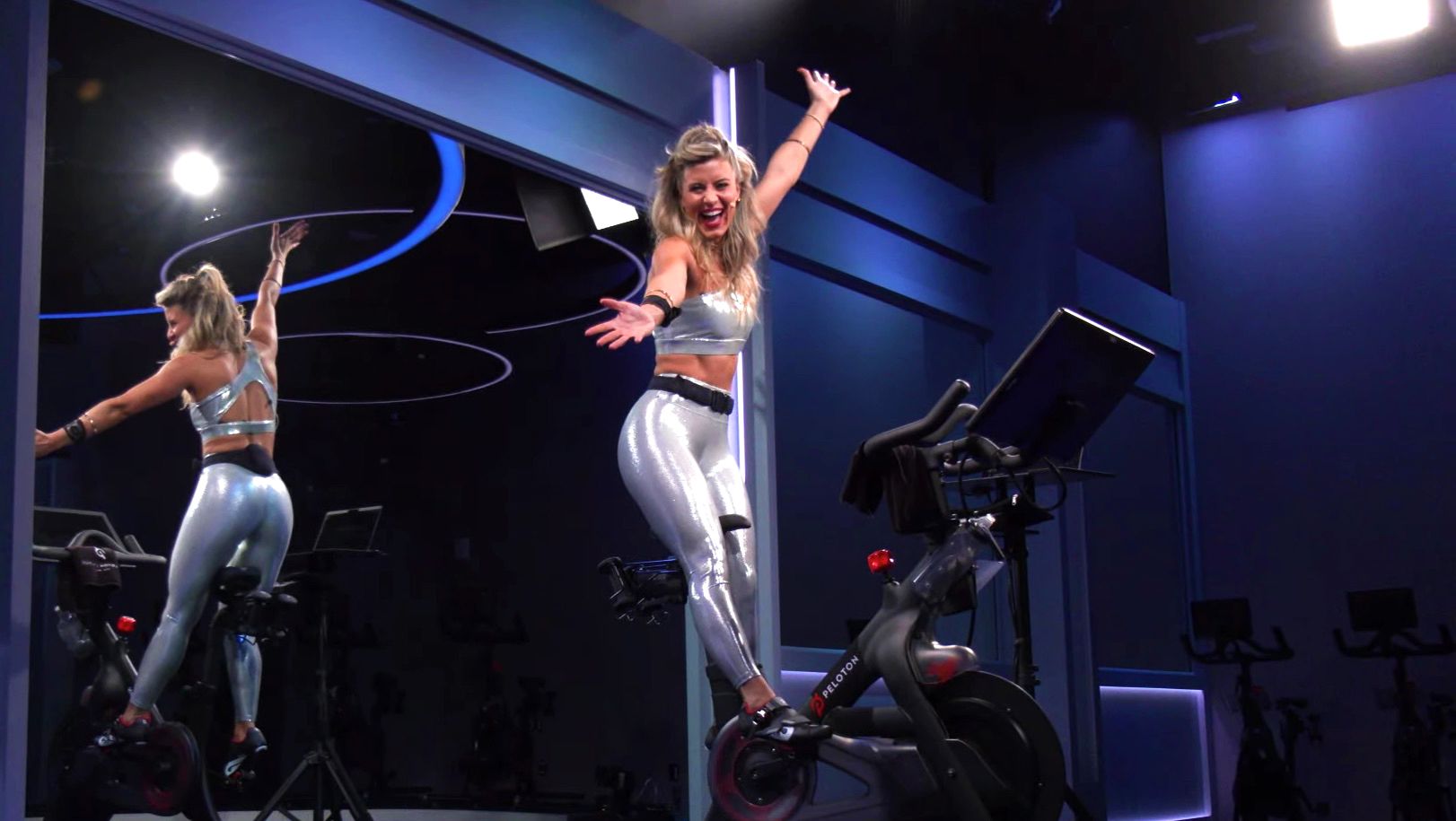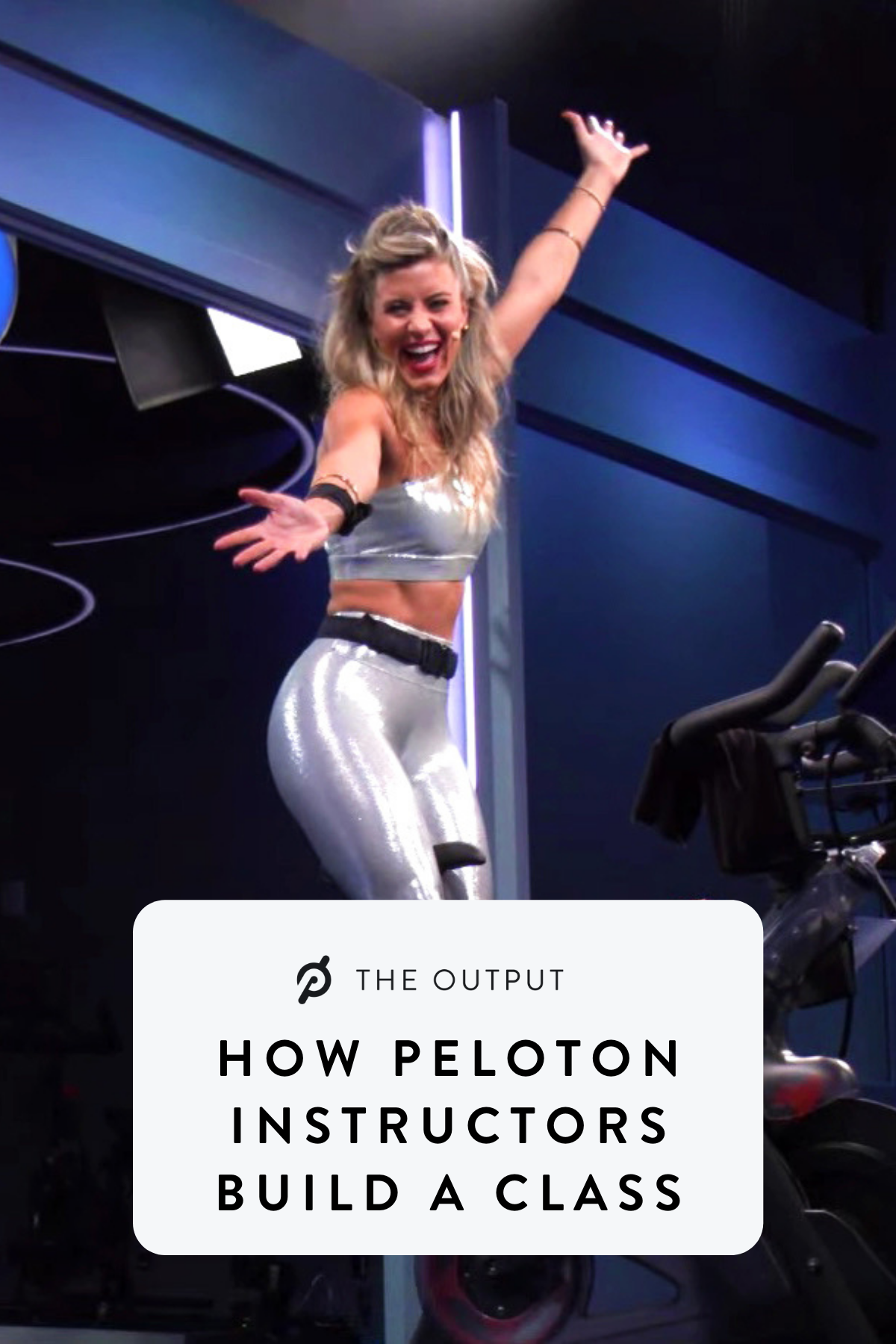
How Peloton Instructors Put Together a Class
There’s more to it than just crafting a killer playlist.
By Colleen Travers•
Ever clip in for a ride and, within minutes, wonder how the instructor just seems to get you—using both music and their own energy to help you PR or simply just get out of a funk? It’s not by accident. “My biggest goal when programming a ride is to make sure I’m giving Members a great workout but also that they walk away feeling different than they did going in,” says Peloton instructor Kendall Toole. “Whether the goal for a Member is to feel empowered, get in sync with their emotions, squash stress or just feel a buzzing glow of memories, I take a lot of pride in the effort and energy that goes into that process.”
Curious exactly how a class is built from the ground up? Kendall shares her tricks, from making the perfect playlist to drafting up the roadmap that gets you sweating and your output soaring.
The Starting Point Depends on the Class
It’s a bit of a chicken-or-the-egg type of situation: Do instructors focus on the segments of the ride first or the playlist? Kendall says both, depending on the type of class she’s planning. “For HIIT or interval-focused rides, I almost exclusively plan the segments first to craft the best workout possible and then find music to compliment the format,” she says. “For music-centric rides, I always start with the playlist and think creatively as to how to make a fun story for the ride that also locks in with the rhythm and energy of the playlist.”
Regardless of how the brainstorm starts, Kendall says each class can take two to three hours to create depending on how long the ride itself is.
Instructors Build on the Genre
Whether your favorite type of class is Tabata or a climb ride, if you take the same instructor in these classes, you’ll notice doing rides in chronological date order may get increasingly difficult. “I always consider what kind of programming I gave in the previous class of that genre to ensure we are progressing and keeping the body properly challenged,” Kendall says. And while themed classes like ‘80s rock or pop rides are geared more for good vibes, these can be built upon too. “It goes right back to how I hope someone feels after the ride,” Kendall says. “I work backwards from that end goal to build the playlist to create that moment.”
Inspiration for Theme Rides Is Everywhere
“I create theme rides from recent experiences I’ve had, films or shows I’m currently watching or even browsing our music library,” Kendall says. “For me, it all goes back to what could create the best story and journey to ride to.”
Another source of inspiration? Members! Kendall says she frequently checks her Instagram comments for new sources of inspiration when planning out upcoming themes.
So Much Music, so Little Time
No matter how long the ride is, Kendall says she struggles most with perfecting her playlists for each one. “The hardest part is getting all the music I want to fit within the time limit,” she says. “Not to mention making sure the music matches up with the timing of the efforts and recovery periods to be the most functional for the body as well.”
And while you likely have favorite genres, Kendall has her go-to tunes for creating them too. “I am a total music junkie, so some edgy rock, and bass-heavy hip hop and EDM will always be my top three to ride to,” she says. “But believe it or not, I also love programming low impact rides because it's such a rare chance to play more chill, minimal music. This lets me play some music around my West Coast roots like surf rock and reggae, songs I can share with Members that feel like home to me, and I listen to daily.”
It’s no secret that the perfect playlist makes a Peloton class feel so much better. Read on to find out how music enhances your workout.

This content is for informational and educational purposes only and does not constitute individualized advice. It is not intended to replace professional medical evaluation, diagnosis, or treatment. Seek the advice of your physician for questions you may have regarding your health or a medical condition. If you are having a medical emergency, call your physician or 911 immediately.



